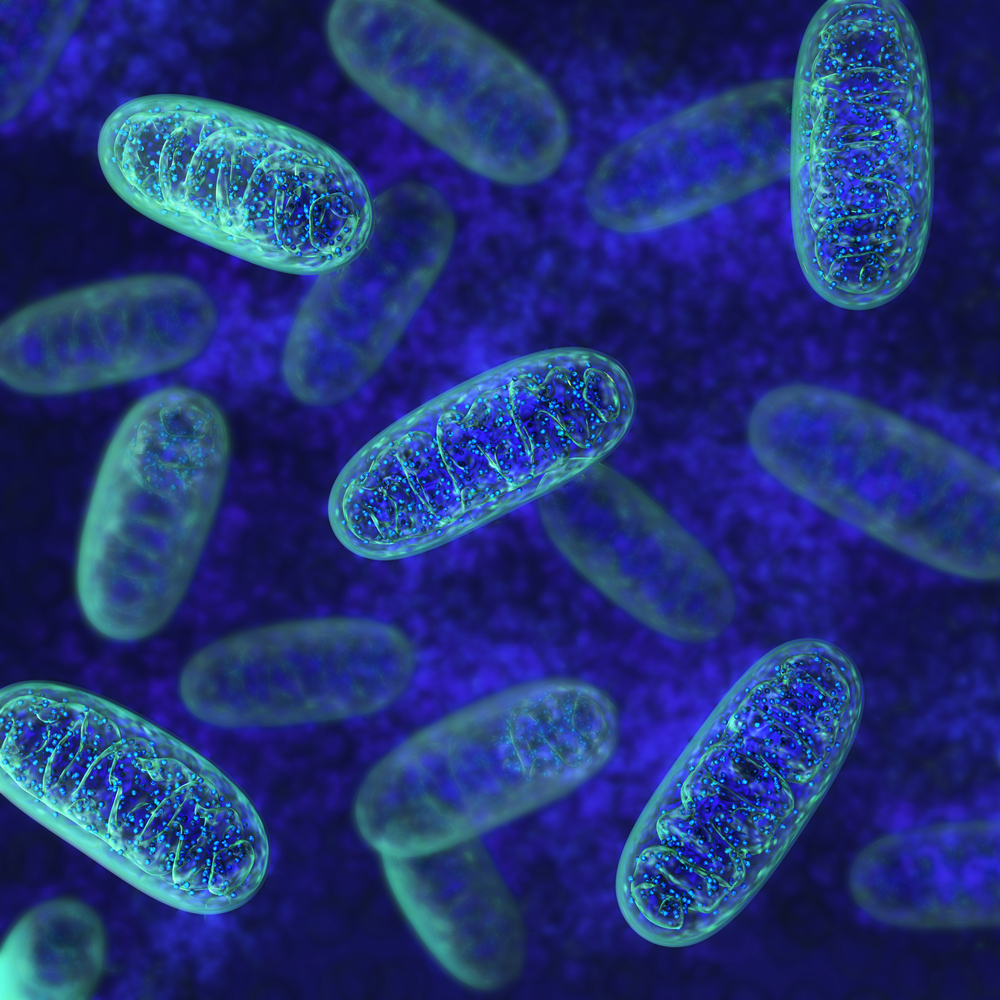Some Antioxidants Show Benefits in Models of Mitochondrial Disease, Study Reports

The antioxidants vitamin E and N-acetylcysteine (NAC) prolonged survival and protected against brain damage in models of mitochondrial disease, a study shows. The compounds will now be tested in clinical trials.
Conducted by researchers at the Children’s Hospital of Philadelphia (CHOP), the study, “N-acetylcysteine and vitamin E rescue animal longevity and cellular oxidative stress in pre-clinical models of mitochondrial complex I disease,” appeared in the journal Molecular Genetics and Metabolism.
Mitochondrial diseases are a group of complex disorders characterized by dysfunction of mitochondria, which produce energy in cells. They may affect any organ and body system. Despite increasing knowledge, patients with these genetic disorders still have no scientifically proven treatments.
Given the lack of approved therapies, many patients take vitamins and supplements, assuming they may benefit their altered cellular metabolism. However, most of these compounds are still unregulated and have not been reliably tested to determine which may be most effective and safe in any given disease.
“We are pursuing a precision medicine approach that investigates therapeutic candidates in preclinical models — simple laboratory animals and human cells — to discover the best potential leads to bring to patients in clinical trials,” Marni J. Falk, MD, the study’s senior author and executive director of the Mitochondrial Medicine Frontier Program at CHOP, said in a press release.
Researchers evaluated seven antioxidants usually taken by or suggested to benefit patients with mitochondrial disease. They were tested in zebra fish and worm models of mitochondrial disease, as well as in fibroblasts (skin cells) from human patients.
The three models had mutations affecting the mitochondrial respiratory chain, the site where energy is generated. In disease, the respiratory chain may be affected by oxidative stress, which happens when the body’s antioxidant defenses are no longer able to protect DNA, proteins, and lipids (fat) from damage induced by reactive oxygen species.
Although antioxidants regularly found in the diet and supplements are thought to defend against oxidative stress, some may be unsafe or ineffective.
Results showed that NAC and vitamin E extended the lifespan of worms and protected zebra fish from brain damage. Treatment with NAC also prolonged the survival of cells obtained from a patient with mitochondrial disease.
“In addition to showing clear benefits in animal survival and cellular viability in these animal models of genetic-based mitochondrial disease, we learned that these compounds effectively relieved oxidative stress that was present throughout the entire cell, not only within the mitochondria,” Falk said.
“These translational research findings suggest that antioxidant therapies may indeed have objective therapeutic value and low toxicity in individuals with [mitochondrial disease],” the researchers wrote in the study.
NAC and vitamin E will now be tested in clinical trials “to determine whether they effectively benefit the survival, function and feeling of mitochondrial disease patients. They may have particular promise to improve the resiliency of the nervous system in patients with malfunctioning mitochondria,” Falk said.
The study further showed that two other antioxidants, coenzyme Q10 and a type of coenzyme Q10 specifically targeting mitochondria, improved some health indicators in worms, but led to only partial normalization of their lifespan.
Vitamin C, lipoate and orotate, the other compounds tested, had more variable effects.
According to Falk, the research provides an efficient and relatively inexpensive strategy for the comparison of treatment candidates to prioritize which should proceed to clinical testing in mitochondrial disease.
He also noted that this platform of preclinical testing could also be used to test multidrug combinations, including commonly used vitamin and supplement “cocktails.”






